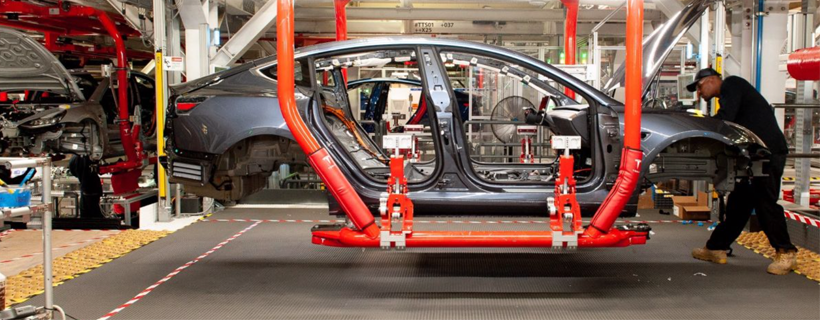Over the past year, there has been increasing anticipation for the release of new EV models from the likes of Audi, Jaguar, Fiat, Hyundai, and Honda. This stoked concerns that Tesla’s year to date 75% US EV market share will quickly be diluted by established automakers that are already selling cars at scale. We took a closer look at what has changed in the EV landscape over the past year and compared available models by price, range, and delivery time.
There are now 17 EVs in the US market, compared to 11 a year ago. Next year that number should rise to 24. The majority of these models fall into two camps: those with starting prices above $70,000, and those with ranges below 130 miles. These two camps are largely ruled out as a mainstream option given the high price or limited range. We view a more mainstream option as priced below $40,000 with a range above 225 miles. When filtering for prices below $40,000 with a range above 225 miles, the list narrows to five options, compared to three a year ago. Today, this list includes the Model 3, Chevy Volt/Bolt, Hyundai Kona, and Kia Niro. Within that group, there’s a wide range of design options, software functionality, and charging network availability. Considering those factors, Model 3 is the clear winner in terms of value.
Our conclusion: competition in 2019 and likely 2020 is not a measurable threat to Tesla. The Model 3 is unchallenged in its EV value proposition.
EV Models Available in the US Today
Not surprising, the US electric vehicle market is rapidly growing. In 2016, EVs accounted for less than 0.25% of cars sold in the US. In 2019, EVs will account for 2-3%. We’re likely 15-25 years away from 100% EV adoption. The table below outlines EV models that are currently available in the US sorted by starting price.

EV Models Expected in the US in 2020
The following table outlines expectations from automakers for new EVs in 2020 sorted by starting price.

Long-Term Market Share Expectations
Tesla’s 7 Year Head Start
The prevailing wisdom holds that OEMs are quite good at producing cars and switching the drive train to electric will be simple, allowing them to profitably scale EV production and maintain their market position. If this is true, it would dramatically lower Tesla’s market share and make the story less compelling overall, but we believe Tesla’s 7-year head start sets the company up to control a significant share of the market for a long time. Three key benefits from Tesla’s head start:
- 92% more efficient batteries than four other EV manufacturers, adjusting for differences in range evaluation methods.
- Vertically integrated Supercharger network is easier to use compared to generic charging stations.
- More advanced self-driving capabilities.
